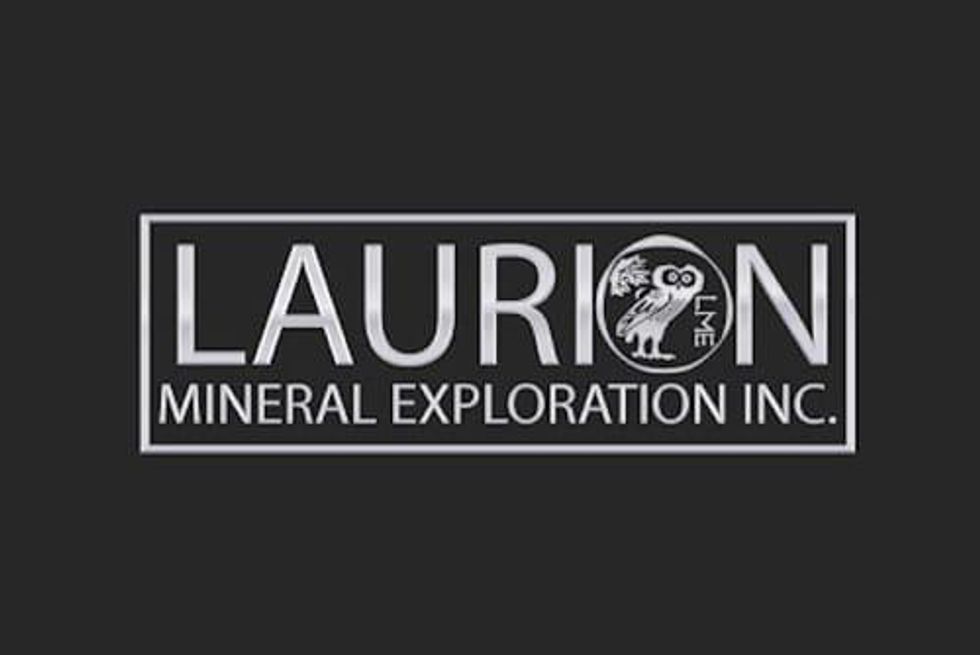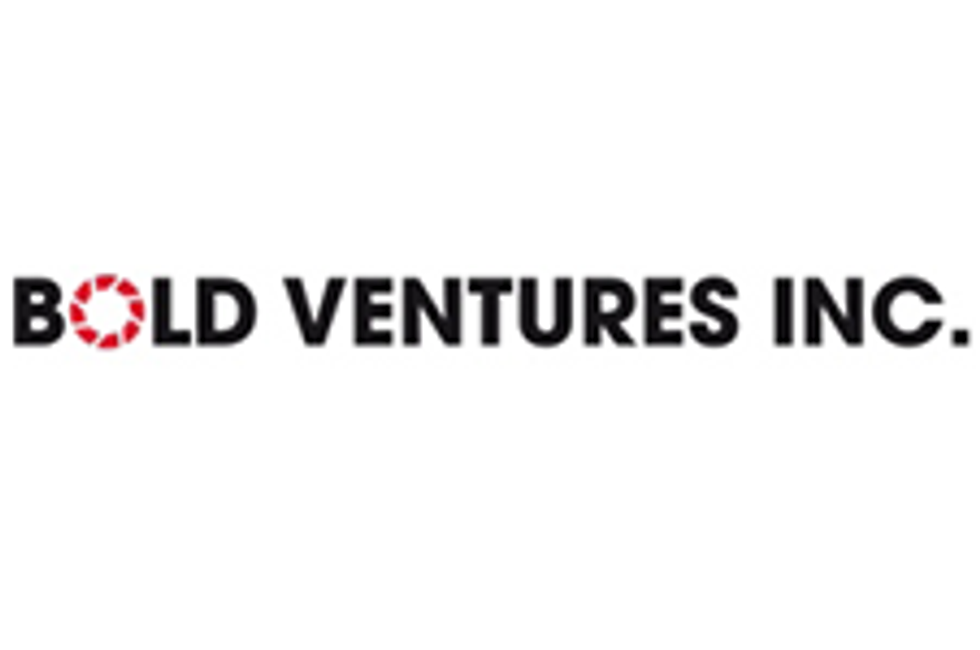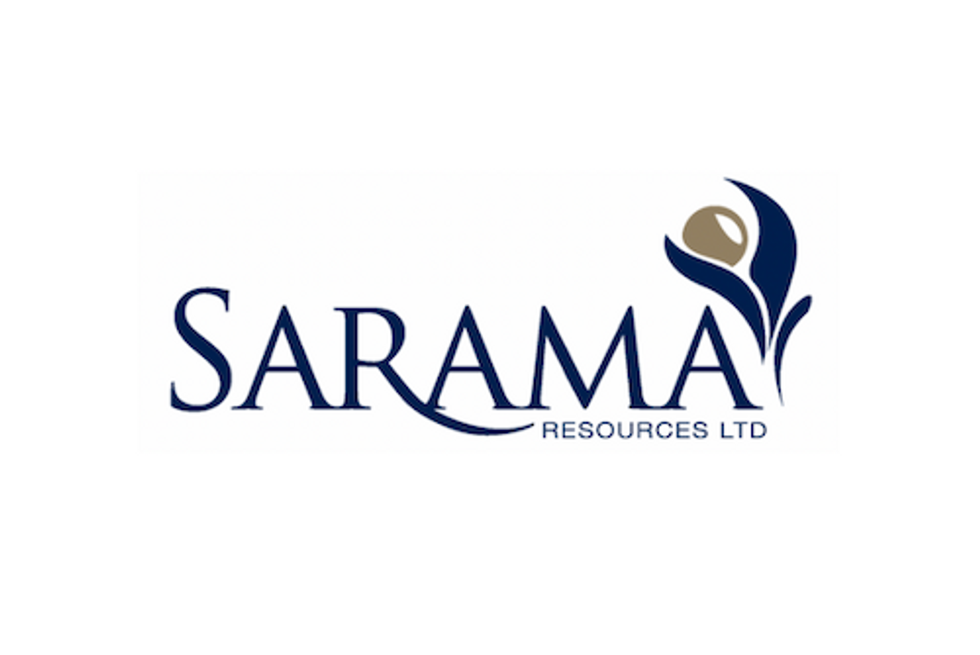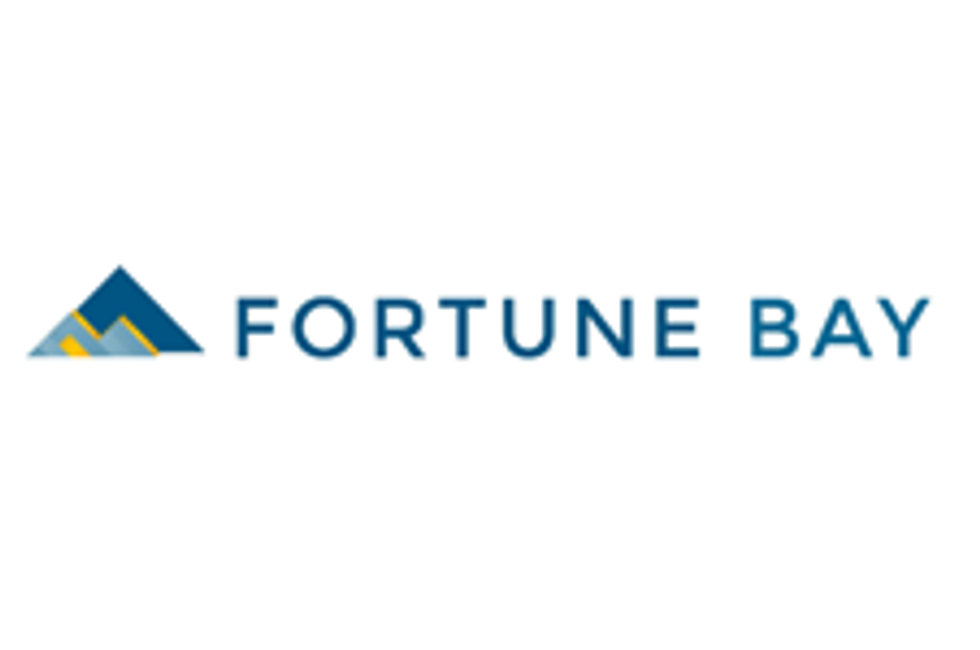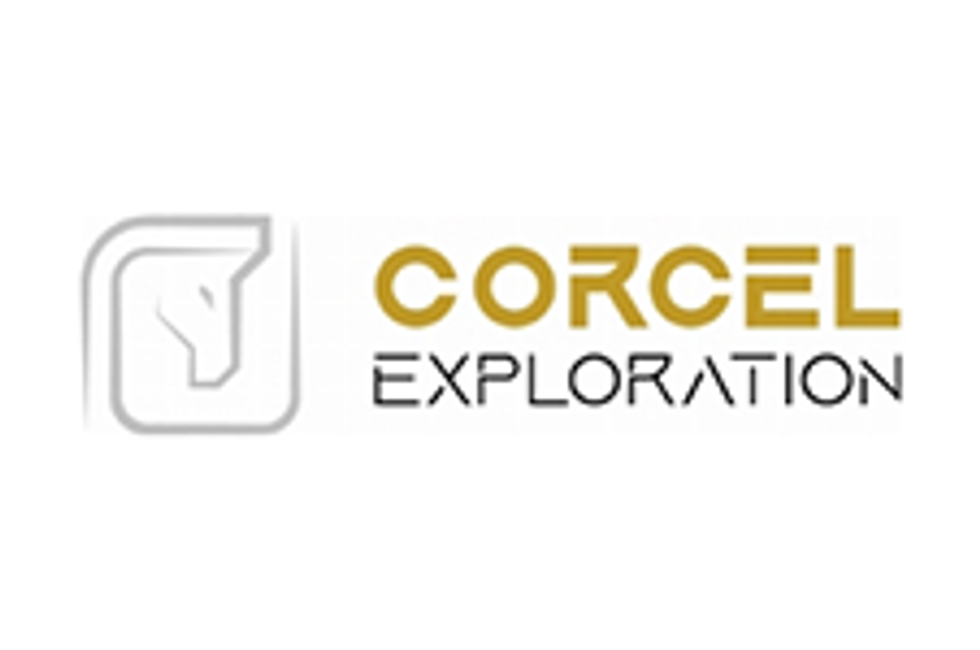
What does it take to build a successful, mid-tier gold producer? The Investing News Network asked George Ogilvie, CEO of Kirkland Lake Gold, to find out his strategies took the company from a junior gold miner to a mid-tier producer with a $1.14 billion market cap.
The gold price is up over 14 percent year-to-date, and there are plenty of gold mining companies benefitting from that rise. Take for instance Kirkland Lake Gold (TSX:KGI)—the company’s share price is up over 118 percent year-to-date.
However, Kirkland Lake’s success goes beyond the current rise in gold prices. Since President and CEO George Ogilvie joined the company in October 2013, Kirkland Lake has gained approximately 226 percent in share price, despite gold being on the downtrend for most of that time.
With several key changes in strategy, Ogilvie has helped Kirkland Lake transform to a lower cost, mid-tier Canadian gold producer with a market capitalization of $1.1 billion. It certainly hasn’t been easy, but with a shift away from bulk mining methods, and the acquisition of St Andrew Gold Fields in January, Kirkland Lake has created plenty of value for shareholders, and plans to do even more going forward.
The Investing News Network spoke with Ogilvie to get some insight into his success thus far at Kirkland Lake, as well as a view to what’s next for the company.
A good time to get into gold
While gold prices are up at the moment, it has been difficult for both gold producers and junior gold mining companies in recent years. Coming off highs of over $1,800 per ounce in 2011, gold prices were down more than 34 percent at the start of 2016, and are still down roughly 26 percent despite gold’s recent rise.
That meant big challenges for gold miners and gold mining projects, and with over 24 years of experience in the mining sector, Ogilvie was certainly prepared to make those changes at Kirkland Lake.
When Harry Dobson asked him to join Kirkland lake two and a half years ago, Ogilvie looked at the company’s high-grade Macassa mine complex and saw ballooning production costs and plenty of other issues. However, he also thought that it reminded him of his early days in the gold industry in South Africa, which he quite enjoyed.
“I thought, ‘this is a great time to get back into gold’,” he said. “It’s a low point in the sector, which we know is cyclical. The operational issues can be fixed. I had the experience to fix them.”
Furthermore, though he’s trained in engineering, Ogilvie was confident that anyone who knew him from his days at Rambler Metals and Mining (TSXV:RAB,LSE:RMM) would say that he had good capital markets experience, and credibility on the street as well.
“I felt that once we got the operations turned around, we could then start working on the capital markets side of the business and that would probably drive the company’s valuation,” he said. “And everything that we thought we could do at the company up to this point in time has actually transpired.”
How to survive a gold price rout
Ogilvie said that previous management at Kirkland Lake was doing a good job under existing circumstances, but that things became problematic when gold prices started to fall.
He noted that with gold prices around $1,800 per ounce a few years ago, plenty of gold miners were adding ounces for the sake of ounces, doing acquisitions at the top of the market, and going for big organic growth projects. Kirkland Lake was no different.
“We invested $100 million in upgrading the shaft hoisting system. We put money into the mill to mill more tonnes per day, and we invested in development of the South Mine Complex and added more battery operated equipment, which actually was a very good investment,” he said. “We had a company with ambitious goals, but we grew too quickly for our own good.”
Kirkland lake had planned in 2013 to take a mine which produced 800 short tonnes per day up to a 2200 short ton per day mine, which would have generated 250,000 ounces of annual production.
“Had the gold price remained above C$1700, that plan would have worked,” he said. “It would have generated profits and free cash flow for the company. But when the gold price started to fall, suddenly that plan was in danger.”
As Ogilvie explained, the ore body at the Macassa mine is very high-grade, with reserve grades sitting in and around 19 grams per tonne. But it’s also very narrow vein, and the orebody is extremely flat lying, which doesn’t make it overly conducive to bulk mining methods.
Push the tonnage too hard, and you end up taking excessive dilution in grade. Furthermore, Ogilvie pointed out that if you generate more tonnes, you also need more people on hand to move and break those tonnes, and in Canada, labour costs can make up 40, or even as high as 65 percent of a miner’s operating costs.
“So you’re adding significantly to your cost base,” he said. “[But] when we went to focus in on quality, and we minimized all of the dilution, suddenly we didn’t need all of the people that we had. And over time, through natural attrition, people left our labour force.”
Of course, Kirkland Lake also had to lay off some of its people initially, which Ogilvie said was the most challenging part of the change in strategy for both him and the workforce as a whole. However, he stated that he worked hard to communicate with his team about what was going on.
Between December 2013 and February 2016, Kirkland Lake lost roughly 400 employees from its roster, which Ogilvie said amounted to roughly $40 million in costs taken out for the company.
“And because we focused in on grade, the grade went up 40 percent,” he added. “We’ve now got the tonnes averageing around 1,050 tonnes a day, which means the revenue is pushed up, the costs are down, and now suddenly we have all in cash costs that are around C$1,200 an ounce.”
The Canadian advantage
Being a purely Canadian gold producer has its advantages, especially with the current weakness of the Loonie relative to the US dollar.
As per Kirkland Lake’s first quarter results, the company sold 69,309 ounces of gold at an averaged realized price of US$1,154 per ounce, which worked out to $1,584 per ounce in Canadian dollars. Overall, Kirkland Lake generated $23.6 million in free cash flow for the quarter. All in sustaining costs (AISC) came in at C$1,246 per ounce.
But Ogilvie stressed that the company isn’t planning to rely on exchange rates—his goal is still to bring Kirkland Lake’s AISC to the C$1,100 level or lower. At that point, he believes that the company would outperform 95 percent of its peer group.
“The gold mining sector is very cyclical, like all natural resource sectors,” he said. “And we want to be in a position where we are in total control of our business. We don’t want to be at the mercy of foreign exchange rates or gold prices, because we can’t control those.”
St Andrew Goldfields
As mentioned above, Kirkland Lake closed its acquisition of St Andrew Goldfields earlier this year, which has also been a boon for the company.
The C$178 million all-share deal created an Ontario-focused intermediate gold producer, combining Kirkland Lake’s Macassa assets and St Andrew’s mines in the Timmins mining district under one umbrella. Kirkland Lake saw a 50 percent increase in proven and probable reserves to 2.3 million ounces, and a 100 percent increase in measured and indicated resources.
So far, Ogilvie stated that the integration with St Andrews is progressing well, even though it hasn’t yet been a full quarter since Kirkland Lake became the official holder of St Andrew.
“I believe with the second quarter, with a full quarter in there, you’re going to see the results continuing to perform at those levels if not better,” he said.
Greenfield exploration
In addition to St Andrew’s producing assets, Ogilvie noted that Kirkland Lake also picked up a 120 kilometer land holding along the Porcupine-Destor fault zone.
The fault runs from Val D’Or Quebec across Ontario through the Matheson and Timmins gold camps, and has produced over 100 million ounces of gold since its initial discovery. St Andrew Goldfields hadn’t conducted any significant exploration work on the overall land package for a few years, but with Kirkland Lake, that’s about to change.
“We believe now is the time to start exploring within our overall land package there, hence the reason why we’re putting in almost another $10 million into regional exploration within our newly acquired East Timmins operations,” he said.
At the same time, Kirkland Lake is conducting greenfield exploration work in its Macassa mine complex. The company owns five of seven previously producing mines in the camp, but has so far only produced from and explored near Macassa.
Despite hosting a number of historic mines, the surrounding area is still relatively underexplored—as Ogilvie pointed out, Macassa started production in 1933, but it wasn’t until 80 years later that Kirkland Lake discovered the South Mine Complex (SMC), even though the deposit lies only one kilometer from the number three shaft at Macassa. Discovered in 2003, the SMC holds 900,000 ounces of reserves at a grade of 22 grams per tonne of gold.
Now that Kirkland lake is on better footing, Ogilvie stated that it’s time to start thinking about organic growth at Macassa as well.
“It we found the SMC in 2003 and it’s now almost got one million ounces and it’s set so close to the mine, why couldn’t there be either an extension of the SMC at depth, or a new SMC within the camp?” He said. “So that’s part of the strategy of why we started doing the deep holes last summer. And that campaign continues this year.”
Kirkland Lake recently released results from some of those holes, with highlights including intercepts of 76.5 grams per tonne of gold over 3.1 meters, 53.5 grams per tonne of gold over 2.2 meters and 55.2 grams per tonne of gold over 0.5 meters.
What’s next?
Going forward, the plan is to continue to lower costs at Kirkland Lake. Ogilvy stated that the company plans to continue growing its cash balance and deleveraging the company. As of the end of March, Kirkland Lake had a cash balance of C$130 million, above the C$119 million in convertible debentures due in June and December 2017.
Kirkland Lake also intends to buy back royalty interests on its properties that are currently held by Franco Nevada (TSX:FNV) to reduce its interest payments.
“If we do all of that, then moving into 2017, we can have a mandate from the board, a mandate from our shareholders, a mandate from the street to go on and do bigger and better things,” Ogilvie concluded.
Shares of Kirkland Lake have traded within a 52-week range of $4.49—$11.97. On Wednesday, shares of the company were up 2.52 percent to $10.59.
Don’t forget to follow us @INN_Resource for real-time news updates!
Securities Disclosure: I, Teresa Matich, hold no direct investment interest in any company mentioned in this article.
Editorial Disclosure: The Investing News Network does not guarantee the accuracy or thoroughness of the information reported in the interviews it conducts. The opinions expressed in these interviews do not reflect the opinions of the Investing News Network and do not constitute investment advice. All readers are encouraged to perform their own due diligence.
